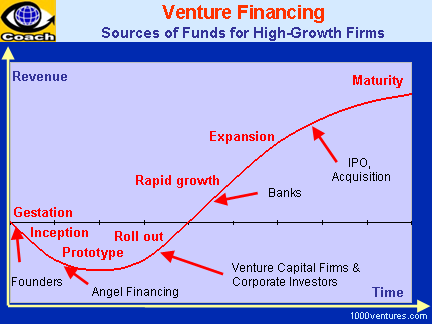| |
|
How to obtain a commercial
loan for your venture
|
|
 |
| |
What type of industry are you involved with?
Is it new, emerging or
growing?
Is it dependent upon other
industries?
How long has the business been in existence? Also, include market
share, size, product line (supply,
sales, and distribution), and
profile
of
customers. |
|
|
| |
Existing financing. Do you
presently owe trade suppliers, other banks, principal shareholders,
relatives,
friends, and others?
Who are your sources of
suppliers, including history and discounts?
What are your existing
loan arrangements, bank relationships, borrowing/repayment history,
estate planning? |
|
|
 |
A
banker is a fellow who
lends you his umbrella when the sun is shining and wants it back the
minute it begins to rain. |
Mark Twain |
|
|